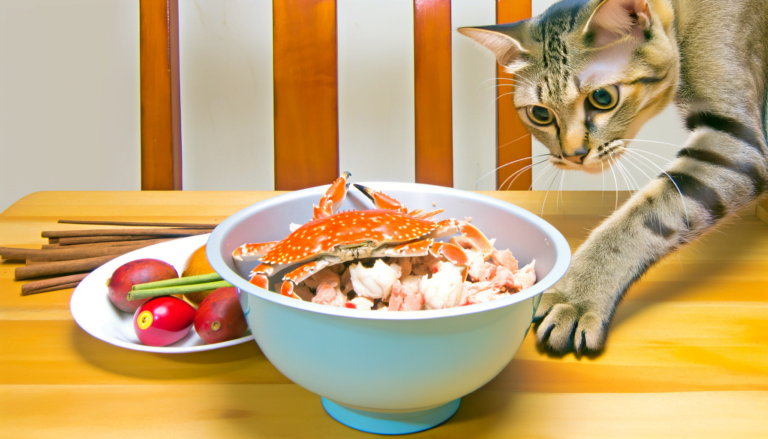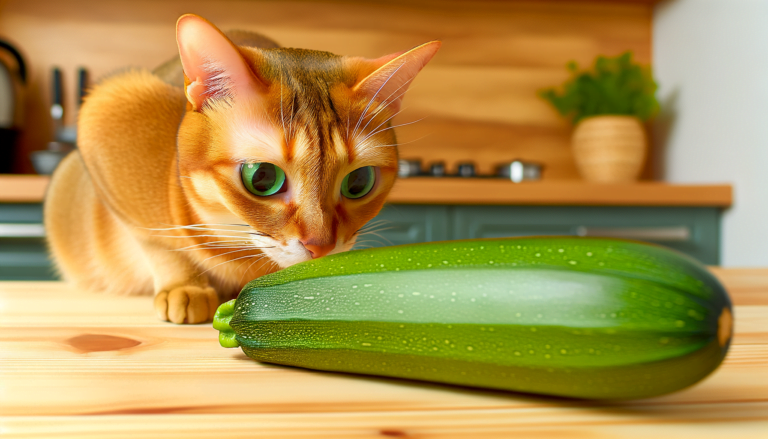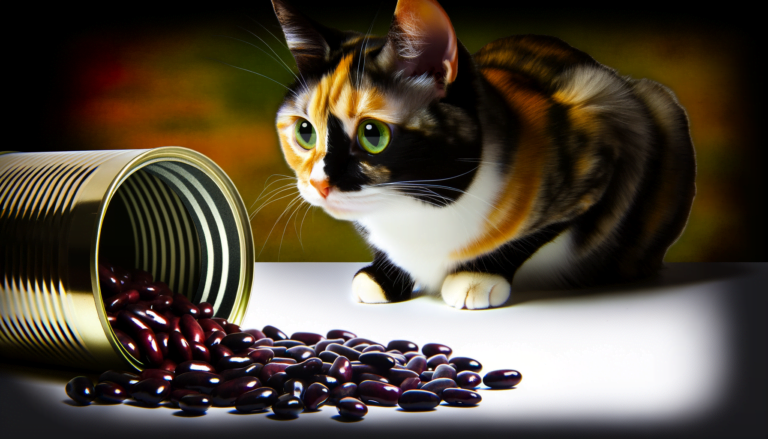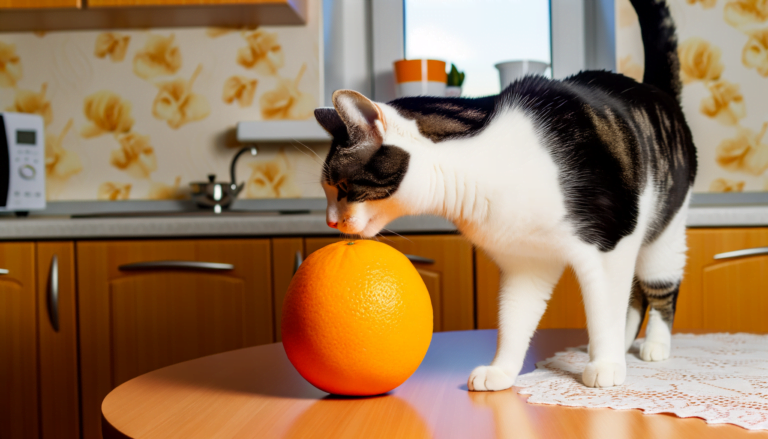Decoding the Mystery: Can Cats Safely Indulge in Chocolate?
Cats should never consume chocolate. This sweet treat, while delightful for humans, contains theobromine and caffeine, two substances that are toxic to felines. Ingestion can lead to serious health problems such as rapid breathing, muscle tremors, seizures, or even death. It’s vital to ensure all chocolate products are securely stored away from your curious kitty’s reach.
Symptoms of Chocolate Poisoning in Cats
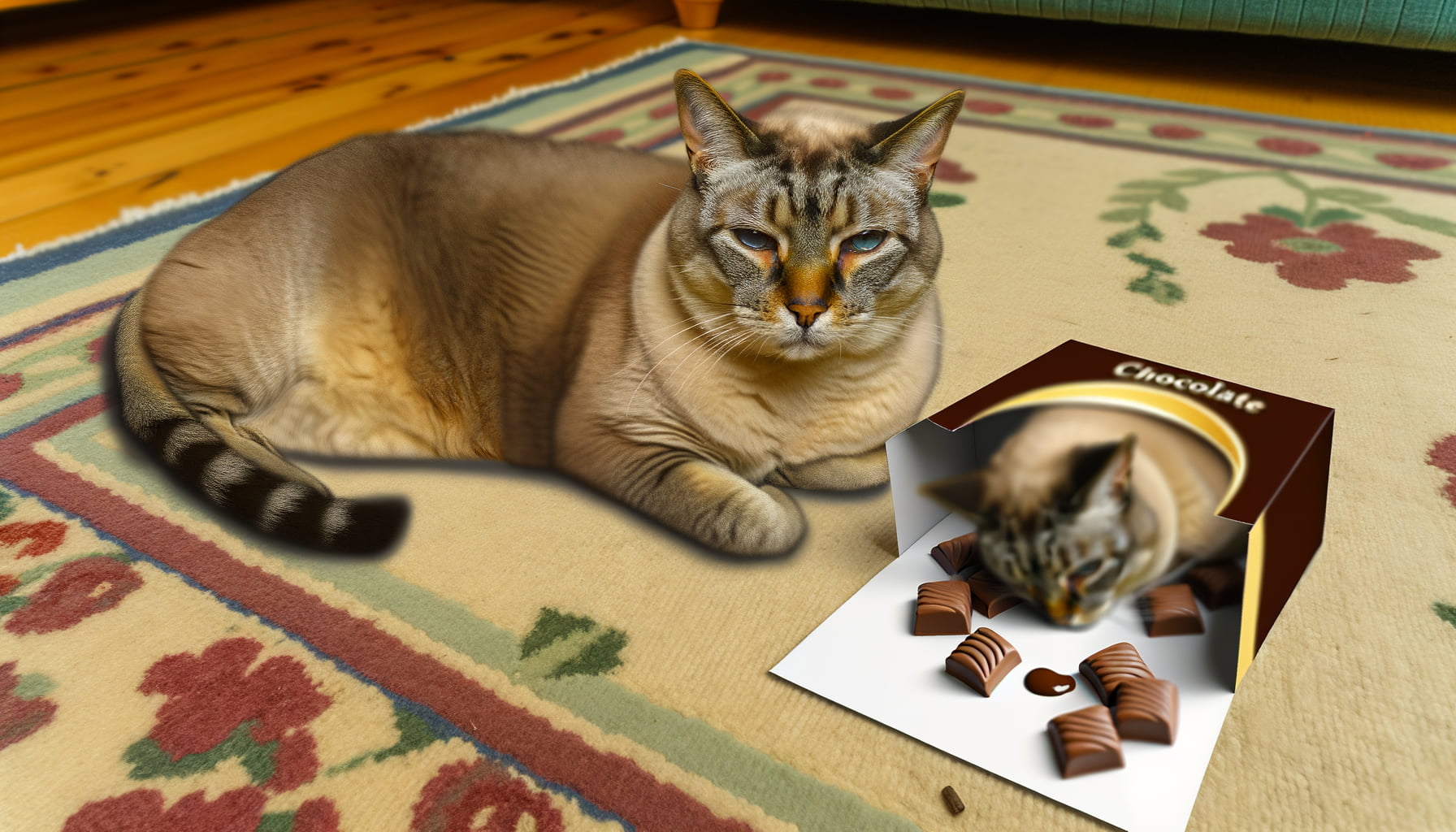
This section aims to discuss the common indications of chocolate poisoning in our feline companions. Primarily, it is vital to note that the ingestion of chocolate can quickly lead to detrimental health repercussions for cats. On observing certain symptoms, swift action should be undertaken to safeguard your cat’s health.
Initially, a cat might demonstrate hyperactivity or act unusually restless. As the toxicity progresses, the symptoms may escalate to include intense thirst, vomiting, and diarrhea. Although these warning signs may echo other common health ailments in cats, they can quickly become severe with chocolate poisoning and should never be ignored.
As the situation worsens, more severe signs such as abnormal heart rhythm, seizures, and muscle tremors are more likely to be observed. Ultimately, without swift veterinary intervention, chocolate poisoning could lead to a coma or even be fatal to your feline companion. Remember, awareness and prompt responses can spell the difference between a close call and a catastrophe.
Emergency Procedures and Treatment for Chocolate Ingestion in Cats
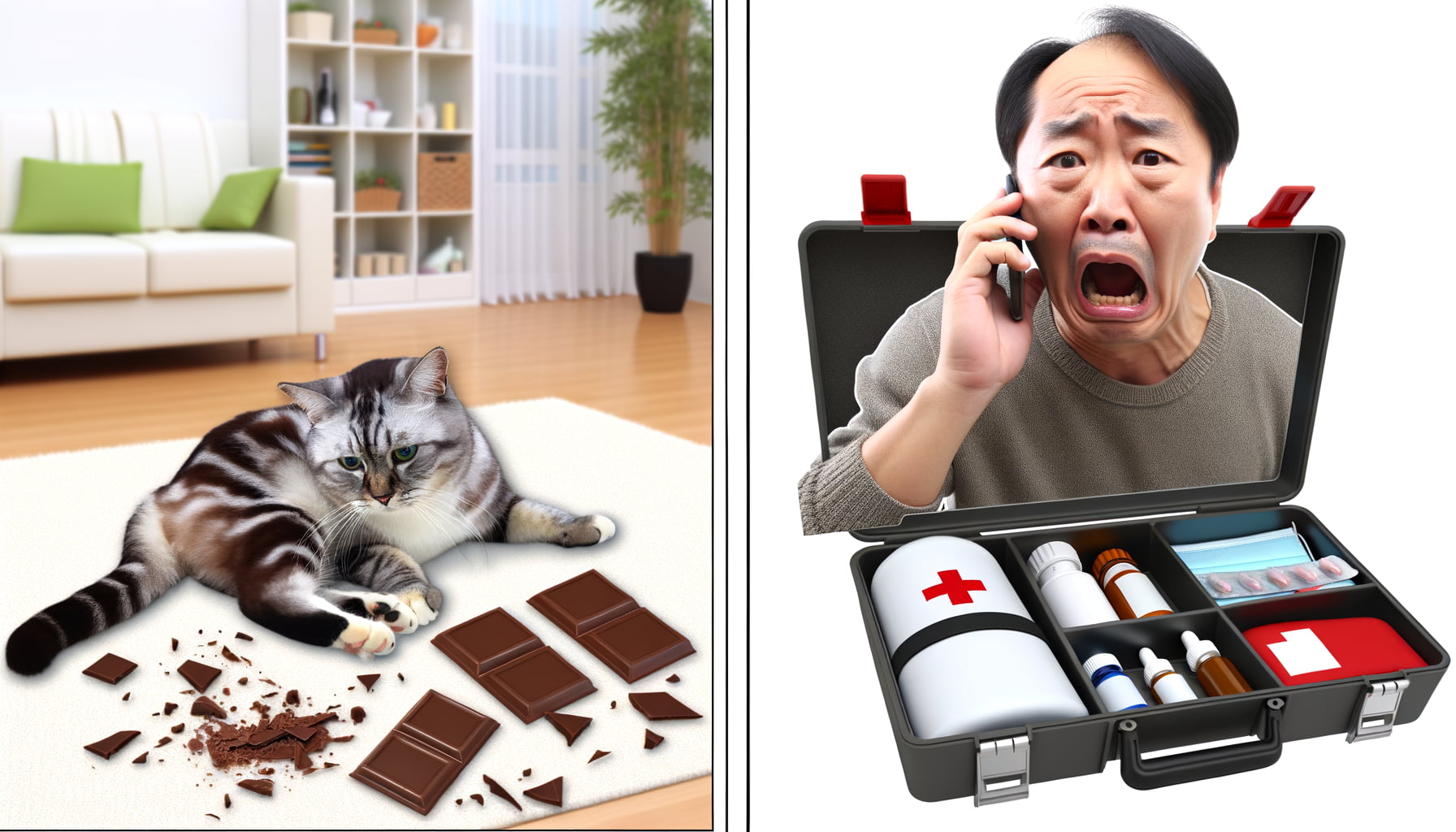
Should your cherished feline companion accidentally ingest chocolate, immediate action is crucial. Firstly, calmly observe your cat for any symptoms of chocolate poisoning such as vomiting, tremors, or irregular breathing. If any symptoms are spotted, prompt medical attention is essential, and should take precedence over any at-home remedies.
On reaching the vet, a chemical analysis offers the most reliable way to confirm a diagnosis of chocolate poisoning. A common first step in emergency treatment is likely to be inducing vomiting, providing the chocolate has not been in the system for too long, to prevent further absorption of the toxins. Activated charcoal may be offered, which serves to trap any toxins in the digestive system, impeding further absorption into the blood.
Following this initial emergency procedure, the vet may administer intravenous fluids and monitor your cat’s cardiovascular function. Supporting the cardiovascular system can aid recovery, while keeping track of cardiac rhythm and blood pressure can help mitigate any potential shock. It’s important to note that each cat’s recovery will vary, and the veterinarian will tailor the treatment process to your pet’s individual needs.
Chocolate Toxicity in Cats: The Science Behind It

Cats and chocolate have a complex relationship which is deeply rooted in science. A specific compound, theobromine, found bountiful in chocolate, is the cause of potential harm to our feline friends. While humans metabolize theobromine swiftly, cats, lacking the necessary enzymes, process it at a much slower rate, leading to a toxic buildup in their system.
This theobromine poisoning in cats is a serious condition, set in motion by excessive chocolate consumption. As the compound is slowly broken down in their bodies, it stays in their system longer, leading to a spike in heart rate, nervous system malfunction, and even seizures. The darker the chocolate, the higher the theobromine content, which significantly exacerbates the health risk for cats.
The science behind chocolate toxicity in cats underlines the importance of keeping chocolates squirreled away from our furry companions similarly to any harmful substance. Yet, if accidental ingestion occurs, swift action can aid in minimizing the impacts, reminding cat owners to be always alert to potential risks in their pets’ environment.
Understanding the Hazards of Chocolate for Cats
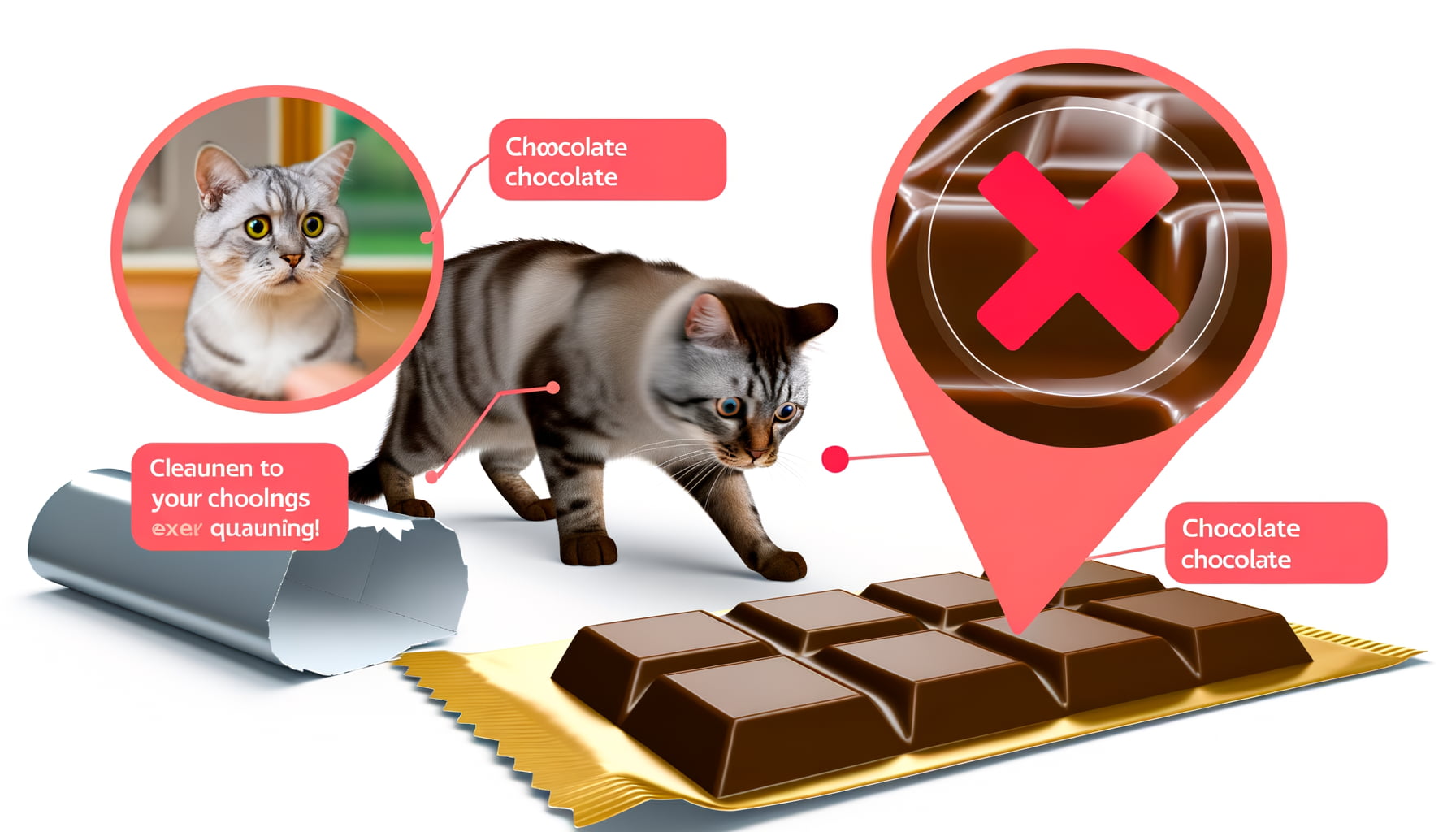
Cats, unlike humans, are not equipped to consume chocolate without risking their health. The components of chocolate, theobromine and caffeine, are notably difficult for cats to metabolize, making this sweet treat a hazard rather than a reward. To put it in simple terms, chocolate is poison to cats.
Just as perplexity and burstiness complicate and enrich textual content, the complex compounds within chocolate deepen its danger for felines. Through the lens of perplexity, theobromine in chocolate poses a complicated hurdle for cats to clear. Burstiness, on the other hand, compares this alongside the almond-like attraction of caffeine’s taste for cats, sitting side-by-side with its sinister side effects.
For the safety of your feline friends, it’s best to reserve the chocolates for the human members of your household. Despite their desire to share our treats, cats and chocolate are not a safe combination. Even a hint of theobromine can lead to severe health issues like heart irregularities, seizures, and in severe cases, death.
Conclusion
After decoding the mystery of whether cats can safely indulge in chocolate, it is evident that this sweet treat is indeed toxic to our feline friends. Theobromine and caffeine present in chocolate can lead to serious health issues in cats, making it essential to keep this tempting treat far away from them.
It is crucial for cat owners to be aware of the potential dangers of chocolate consumption and prioritize their pet’s well-being by ensuring they steer clear of this harmful substance. By sticking to cat-friendly treats and consulting with a veterinarian for any concerns, we can keep our beloved feline companions safe and healthy.

